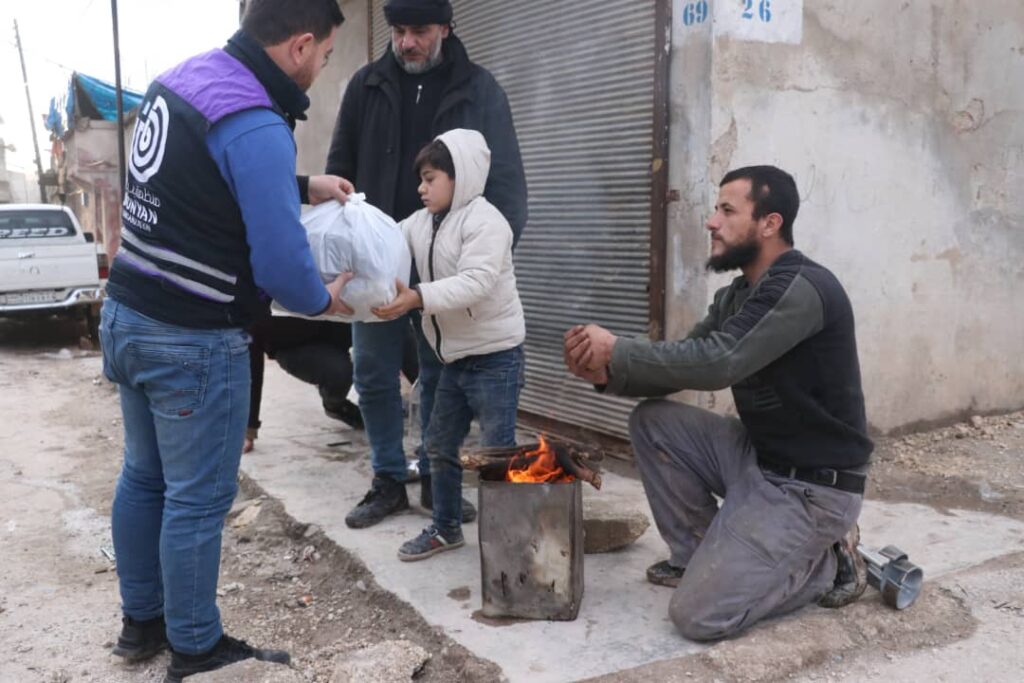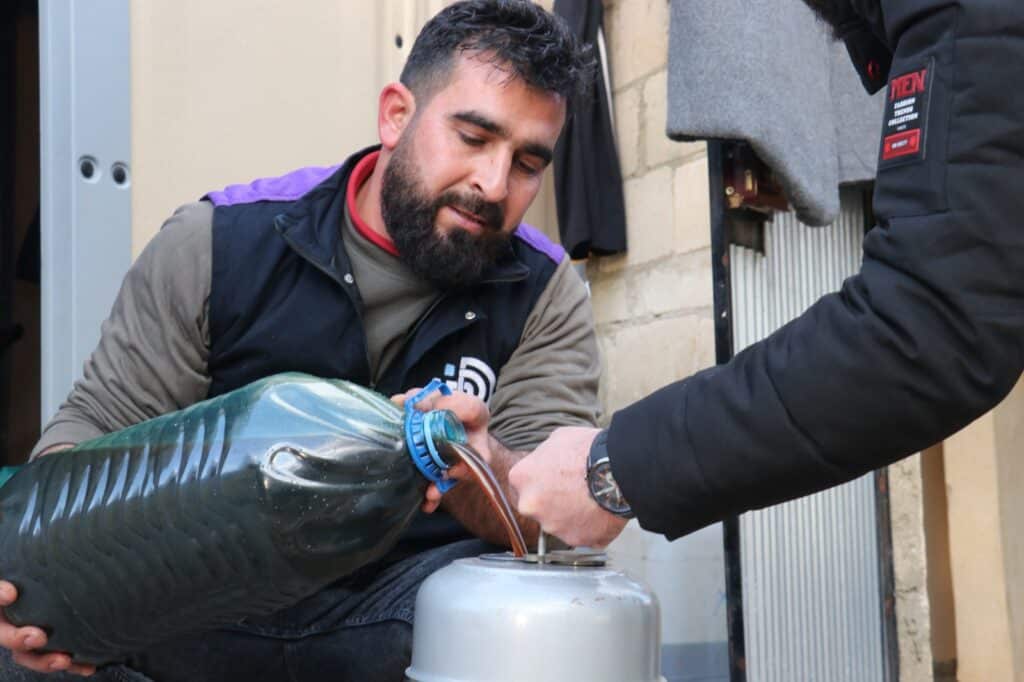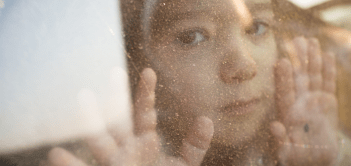During an earthquake, there are several key protection guidelines that people should follow in order to survive and help their loved ones stay safe.
This article will highlight the tips and mechanisms that you should follow in case of a dangerous natural hazard such as an earthquake.
Planning and preparation: Tips for surviving an earthquake when you’re inside, outside, or driving
In case of an earthquake, there are some steps that people can take to protect themselves. These include the following:
- In case you are in a car, pull over, stop, and set your parking brake.
- If you are in bed, turn your face down and cover your head and neck with the pillow.
- If You are outdoors, keep yourself outdoors, away from the buildings.
- If you are inside, keep yourself inside. Do not run outside and avoid doorways.
How to stay safe when the ground starts shaking
In order to keep yourself safe in case the ground starts shaking outside, there are a number of guidelines that you should follow:
- Move away from the buildings, utility wires, and sinkholes, as well as fuel and gasoline.
- Stay away from trees and tall buildings or structures like telephone poles, and go to an open area where you can lie down until the shaking stops.
- Remember that the most dangerous area is near the outside walls of the building.
This is because windows and facades are the first parts of the buildings to collapse.
- If you are inside a moving vehicle, move away from the utility poles or overhead wires.
- If you are in a stadium or a theater, keep yourself in your seat, and protect your head and neck with your arms or any other way.

How to react during an earthquake?
There are mainly 3 ways to react during a natural disaster such as an earthquake. These are:
- Drop down onto your hands and knees.
- Cover your head and neck and, if possible, your entire body under a stable, sturdy surface or heavy furniture like a table or a desk.
- Hold on to your shelter until the shaking stops.
How to keep your family safe?
In case of an earthquake, and after keeping yourself safe, instruct your family members to do the following:
- If indoors, they should stay there and protect themselves under a table, desk, or any strong piece of furniture.
- Keep themselves away from windows or glass doors.
- Stay in a doorway that does not have a door.
- Lie, kneel down, or sit near a stable interior wall.
- Corner away from windows, fireplaces, glass walls, and the like.
Creating an earthquake preparedness kit
Creating an earthquake preparedness kit is crucial as it is one of the key components for preparing yourself in case of an emergency earthquake.
This grab-and-go bag should include the following elements:
- A sleeping bag or a blanket.
- An outfit of all-season clothes.
- Water.
- Some snacks, enough to keep you going for at least 12 hours.
- A whistle.
- Flashlights and batteries.
- Money.
- A smartphone and a power bank.
- Your medicine.
- Other supplies that you might need in case of emergencies.

Help us at Bonyan Organization to raise awareness of the safety measures that should be followed during an earthquake.
Millions of Syrian refugees are oblivious to the guidelines that should be followed during natural hazards.
Due to this fact, hundreds of thousands lost their lives and got injured.
Therefore, we urge you to help the recent earthquake survivors rebuild their lives and get educated about preparing themselves during an earthquake.
Your donations make a difference in their lives!
Resources
- Earthquakes.
- What emergency supplies do I need for an earthquake?
- Make an emergency kit.
- Stay Safe During an Earthquake.
FAQs
What is the emergency response plan for an earthquake?
The emergency response plan for an earthquake includes covering your head and neck with your arms and crawling underneath a sturdy piece of furniture.
However, if you if there is no furniture under which you can crawl, you crawl to the nearest interior wall that does not have a window.
What are the 5 most important supplies to prepare for an earthquake?
The 5 most important supplies to prepare for an earthquake include:
Enough food and bottled water.
Adequate medication supplies in case you have a chronic illness.
Flashlights with extra batteries.
A charged smartphone.
A sleeping bag and a blanket.
Where is the safest place to be during an earthquake?
If you are inside, crawl under sturdy furniture or a stable wall without windows.
If you are outside, stay away from buildings, trees, and tall structures.
What are the 5 things not to do during an earthquake?
The 5 things not to do during an earthquake include the following:
1. Do not move from where you are unless you are next to a tree, utility wires, streetlights, tall buildings, etc.,
2. If you are in an open space, stay there until the shaking stops.
3. Do not use matches, lighters, camp stoves, or any electrical equipment until you ensure no gas leaks.
4. Avoid elevators.
5. Stay at least 10 meters away from downed power lines.



